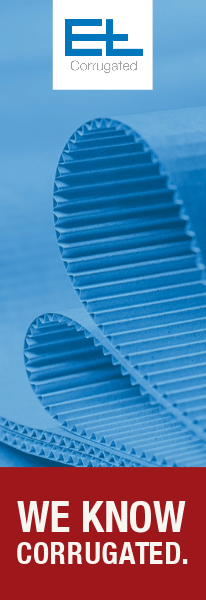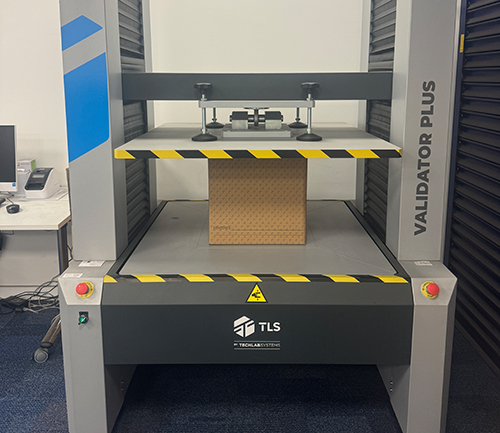Packaging Technologists at Antalis’ Smart Packaging Centre (SPC) were tasked with minimising the use of corrugated board in a customer’s shipping boxes – one small and one large – without compromising performance. Following testing and a redesign, they were able to produce new boxes that used a third less material, equating to a reduction in CO2 emissions of 21 tonnes per year.
The customers’s original boxes were made from a BS doublewall. Although strong, they consumed 61 tonnes of board annually. The Technologists conducted a series of tests to establish the performance capabilities and make-up of the boxes. They were put through their paces in the SPC’s testing suite, which includes BCT, ECT, Mullen and soak test. Using the test results, Packaging Technologists created theoretical parameters for replacement boxes that the team believed would achieve at least the same results, but using less board per box. Their theoretical box was made from singlewall C flute. On repeating the tests and comparing the results with those of the original, their theory was confirmed.
In addition to the reduction in board used, once rolled out, the new boxes reduced the number of pallet movements required thanks to the increase in the number of boxes that per pallet – an increase from 140 to 180.
John Garner, Head of Sustainability, Innovation and Design, Antalis, commented, “We knew in theory that a singlewall box in a heavier flute should match the performance, but we couldn’t be sure until we’d carried out the tests. The results were fantastic. They show how a bit of clever cardboard engineering can make significant improvements in sustainability. Plus, we did it quickly: the whole process from taking the brief to delivering the first batch of new boxes took less than two months.”




